MLAB group research interests include but are not limited to developing smaller, cheaper and more effective sensing systems and devices, and mathematical modeling of systems. Some of the areas we are currently working on include:
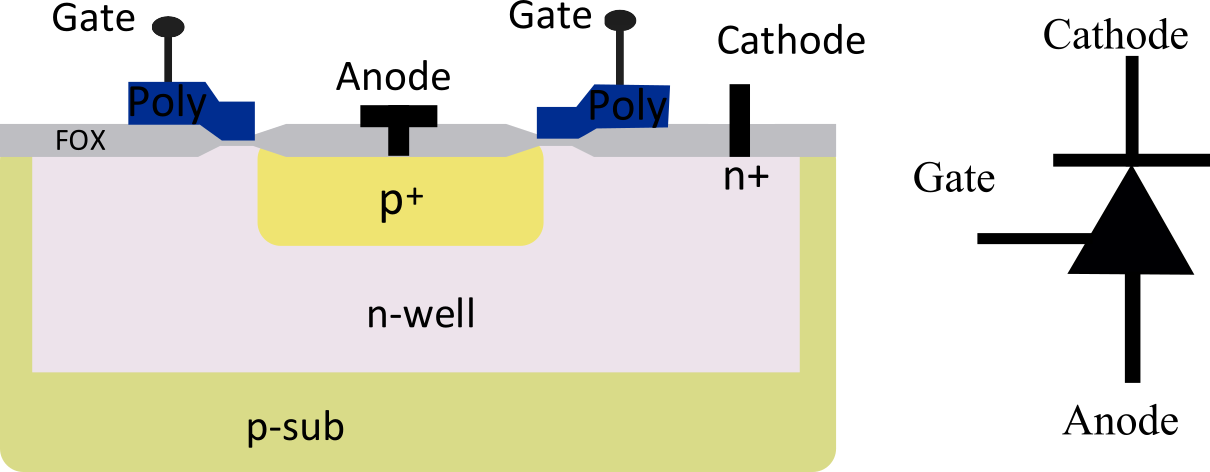
We are working on CMOS-based Silicon photomultipliers (SiPM) for detecting neutrons and other nuclear imaging/detecting applications. The SiPM detectors are coupled with scintillators which output photons when impacted by neutrons. Our SiPMs are based on perimeter gated single photon avalanche diodes (PGSPADs) and can be tuned for noise and dynamic range. We use perimeter gated single photon avalanche diodes as our main device and have developed SPICE models and TCAD device simulations to explore applications of the device. We have developed both analog and digital SiPMs and AER based readout for a SiPM.
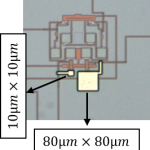
Our group is interested in mixed-signal circuit design techniques for various applications. We have implemented sensors with associated readout electronics for optical detection, low-noise amplification, potentiostat circuits for electrochemical sensing, temperature measurement, pH monitoring, and biological cell and whole body impedance measurement. These are used in applications such as environmental monitoring, hand gesture recognition, and diagnosis of diseases. Our sensors integrate signal processing using both analog circuits or microprocessors on chip.
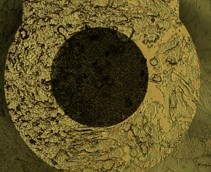
Our group has active research in biosensors for wearable, portable and lab-on-chip applications. We are interested in the design and characterization of sensors for various applications including healthcare and environmental monitoring. We have been developing sensors based on off the shelf components for applications such as pulse oximetry and fall detection. We also develop cost front end transducers for various sensor applications.
Energy – Power Trade-offs
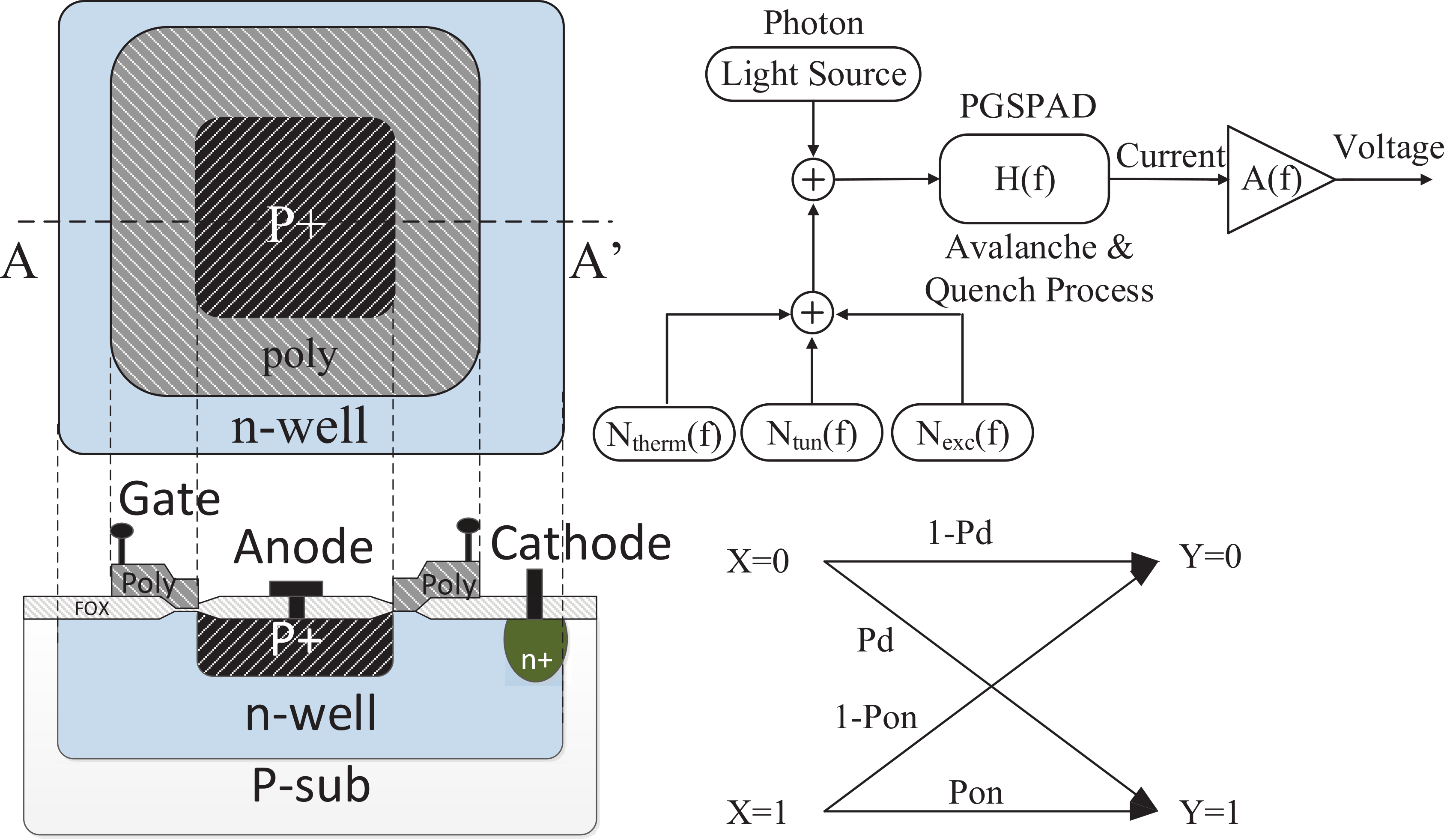
We are interested in exploring the tradeoffs in noise and available power resources for circuit design. To accomplish this, we are exploring noise models in modern processes and communication channel models of circuit systems. We have applied these techniques to examining the efficiency, in terms of information theory, of various amplifier topologies (Gaussian communication channel) and perimeter gated single photon avalanche diodes (Binary Assymetric Channel).
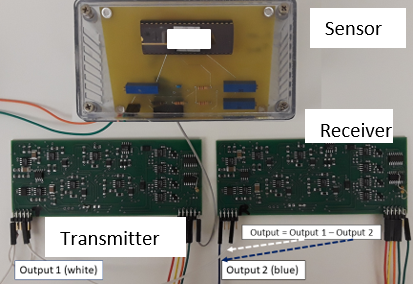
We have worked with researchers at ORNL to develop tools to aid in detecting malicious hardware in chips. We are currently working on incorporating encryption hardware directly into sensors. This approach will lead to lower power consumption and more compact implementations. We have implemented a chaotic based encryption system and sensor in 180 nm CMOS.

Our group has been working on vertically aligned carbon nanofiber and carbon nanospike based biosensors. We have successfully demonstrated these sensors for glucose based electrochemical sensing and cell based impedance sensing. We are also working on 3D printed carbon structures. This work is done in collaboration with Oak Ridge National Lab.